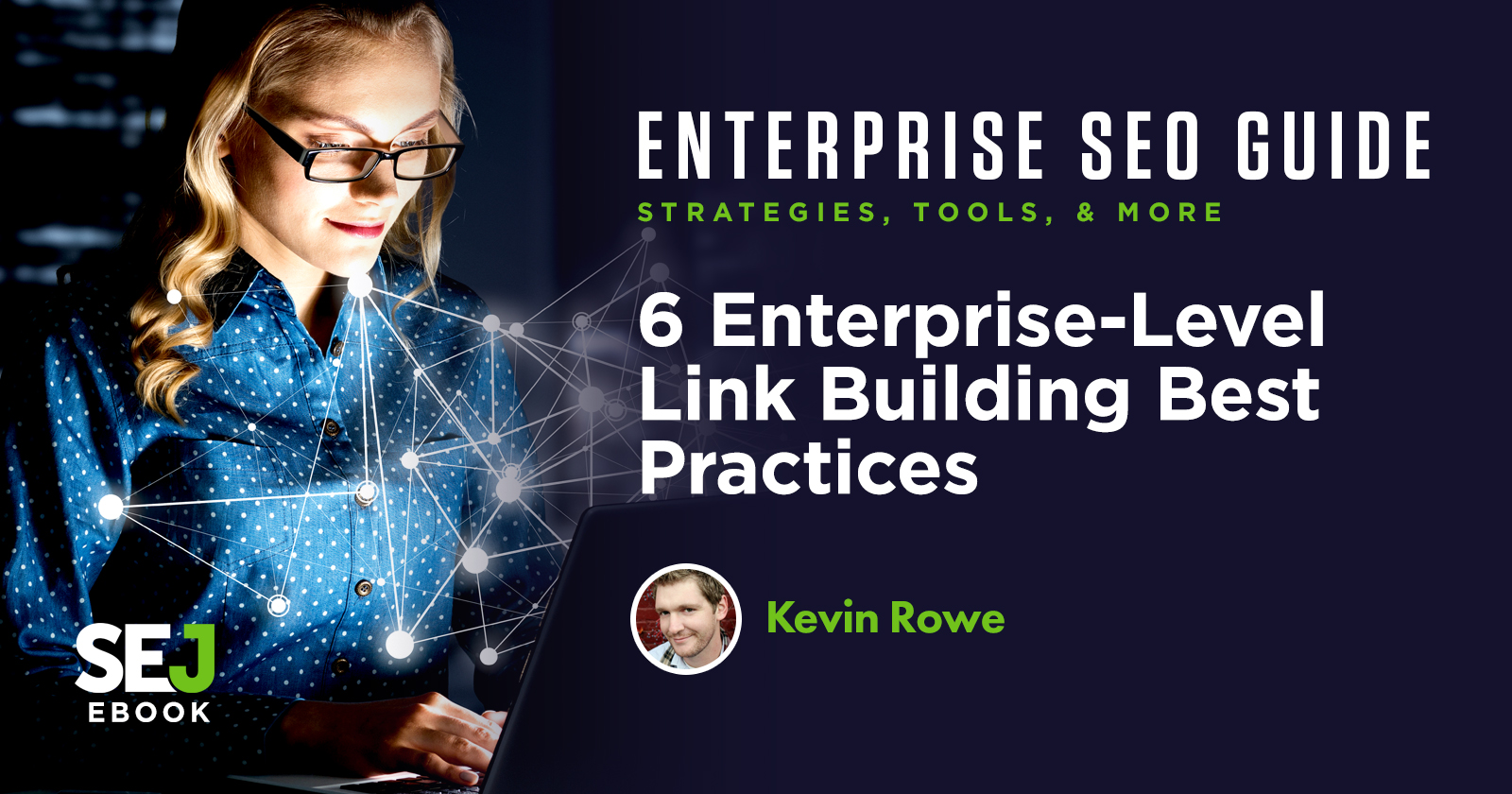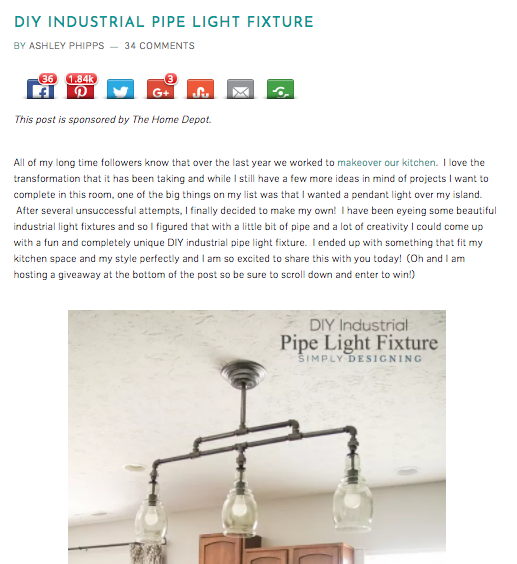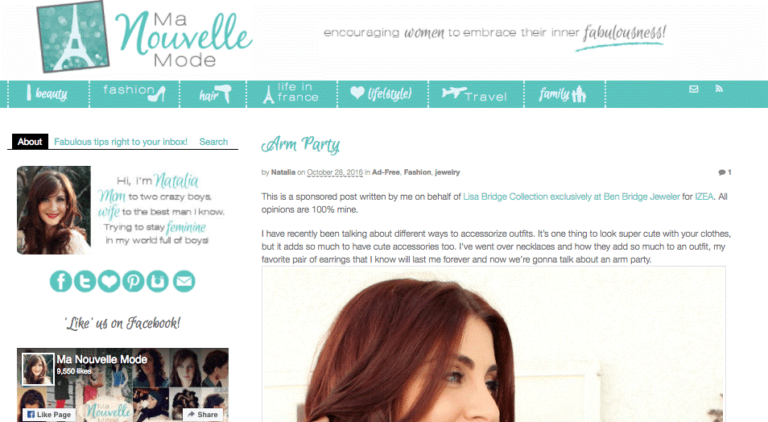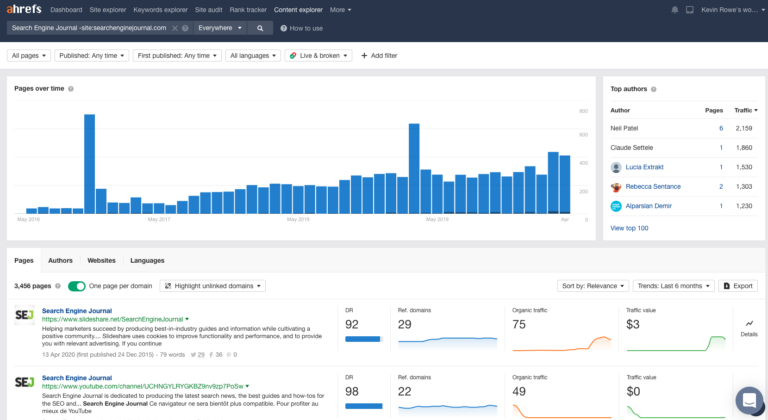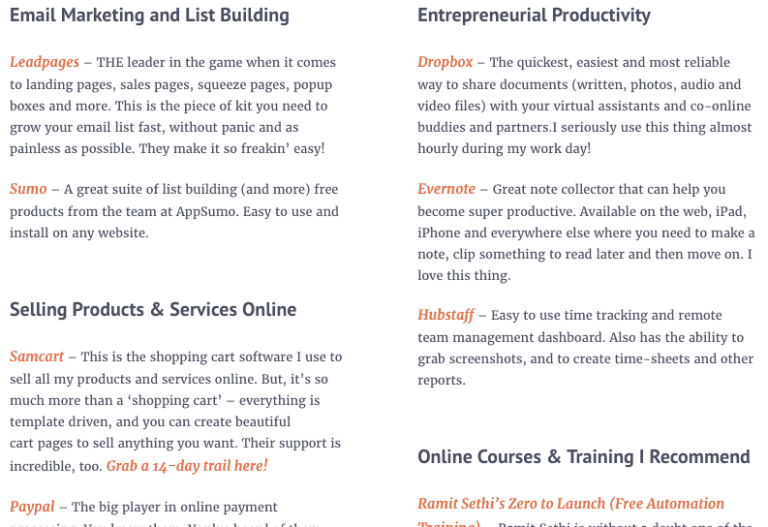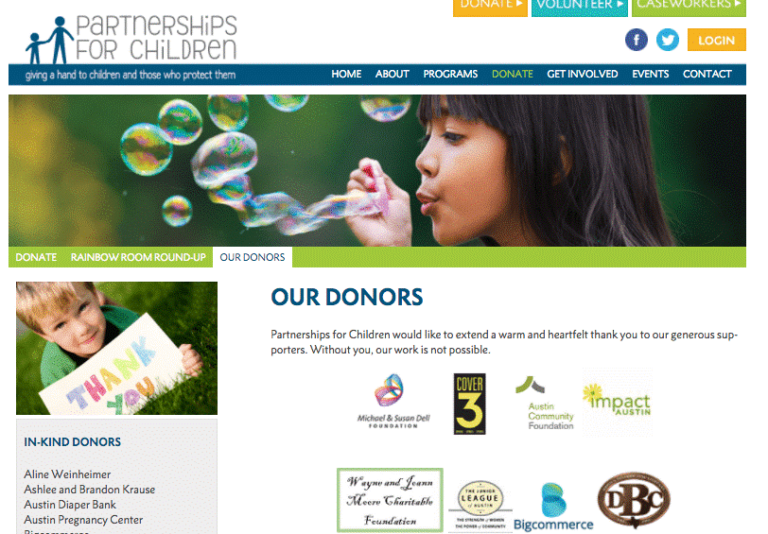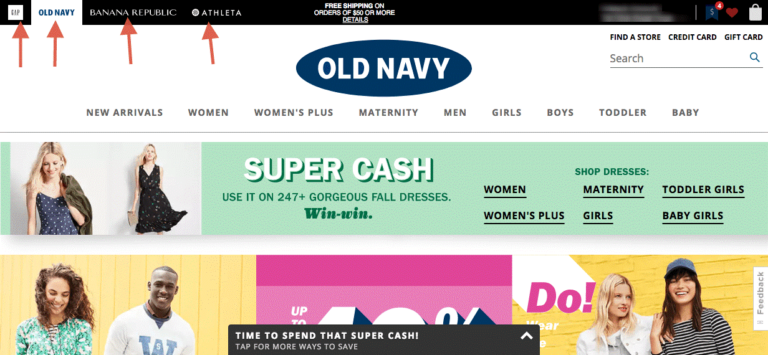The size of your business deeply influences your marketing strategy.
Many large brands or websites inherently have an unfair advantage over smaller businesses and brands – name recognition, reach, a much larger budget to work with, and additional resources in other departments.
Take all of these benefits into consideration when planning your next enterprise link building strategy.
To successfully implement a large-scale link building campaign, scalability is key.
Look to start with one brand or product/service and then, as you learn what works and what doesn’t, you can expand both your campaigns to cover more products and your outreach to get links from more sources.
Enterprise-Level Link Building: Where to Focus
The most successful large-scale link building campaigns start niche-specific.
Even if you were a home improvement store like Lowe’s or Home Depot, you couldn’t easily start a campaign trying to cover all home improvement products you offer.
Build your initial campaign around a specific product line, category, or other niche offerings, and then expand to others, using what works.
A good rule of thumb is to start with a one-page plan.
If you can’t fit the elements of a link campaign on a one-page plan, to start, then you are not focused enough.
1. Promote Specific Content
In this Home Depot-sponsored post on Simply Designing with Ashley Phipps, the author walks her audience through some of the light fixtures and other items you can make with pipes:
She also directs readers over to The Home Depot’s Apron blog for a full DIY how-to for the fixture.
This is a great example of working with influencers for content and as part of a traffic-focused link building campaign.
Not only did Phipps expose her audience and link to these available products at The Home Depot, The Home Depot gave Phipps exposure on their blog for the DIY tutorial.
Home Depot certainly paid for that content, however, a niche-focused topic with a strong connection between the brand or product will make it easier to secure unpaid mentions as well.
The Home Depot is a great example of a collaborative campaign.
Additionally, because the subject of the blog is so niche (pipe light fixture kits), the post did well on social media as well, with over 1,800 pins at the time of publication.
This example does not suggest that paid links in sponsored content will drive ranking but is a great example of a link that can drive traffic.
2. Increase Site or Site Section Authority
Besides growing your inbound link portfolio to specific pages, link building is also a great way to increase your site, subdomain, or page authority, usually if you are a smaller brand within the brand portfolio.
If you’re working on link building for a smaller brand that is owned by a larger corporation, be sure to leverage the name recognition and reputation of the products and their manufacturer.
For instance, this post on Ma Nouvelle Mode is for a product line at a jeweler.
This review gave more exposure to that specific product line, while also mentioning the jeweler, whose name may be more well-known.
Targeting a specific topic, as well as a specific brand or line, is what makes influencer and link building campaigns more effective.
If you try to be too broad (e.g., if Staples tried to promote all of their available school supplies during the back-to-school season), you risk the reader losing interest or not knowing what to focus on.
More likely than not, a post about “getting all the back-to-school supplies we need at Staples” won’t get as much traction as “where to find the cheapest notebooks” or “how sticky notes have made me more productive.”
How to Approach Enterprise-Level Link Building
Once you’ve narrowed down your focus to a specific product or brand, you need to work on your approach.
Below are some of the areas you can focus on to actually get links for large corporations or brands.
3. Unlinked Brand Mentions
A brand has a wonderful advantage to generate links with unlinked brand mentions.
These are mentions or references of your brand terms, typically in articles, that don’t link back to your domain.
In general, these links are natural and as the writer clearly knows the brand but for some reason didn’t link.
These types of links are also much easier to get than others, meaning they are easier to find and the conversion rate on securing a link can be as high as 15-20%.
I have most recently been using Ahrefs’ Content Explorer because you can find the mentions over time and I trust their dataset to be large.
4. Leverage Influencer Marketing
Start building your link building campaign by researching the specific publications, influencers, or bloggers you want to reach out to.
Use a tool like BuzzSumo to find popular posts about related topics then work backward to research the publication the post is on.
For instance, if we wanted to do more posts about DIY projects for The Home Depot, there are several blogs that we could reach out to.
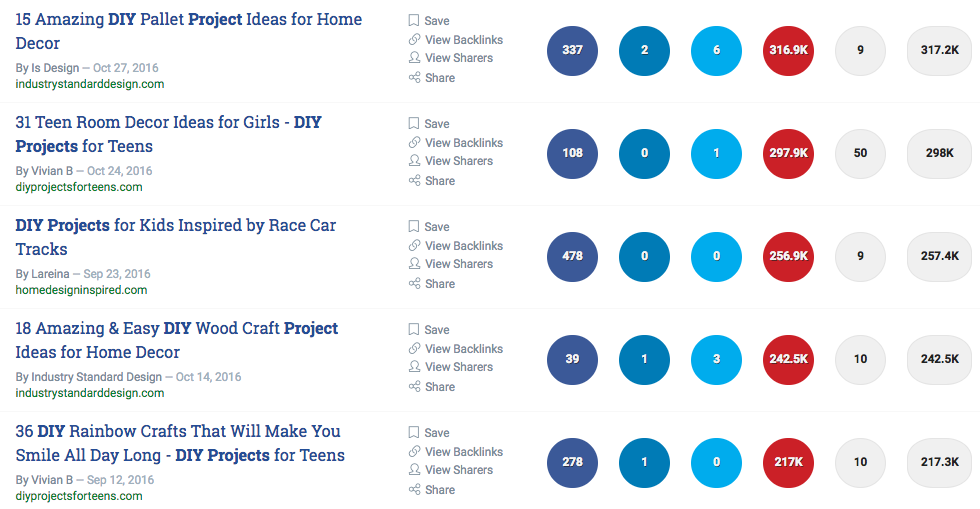 How Has the Competitive Landscape Changed?
How Has the Competitive Landscape Changed?
Find out if your competitors secured their market positions in recent months.
Subscribe for Daily Search Insights
AI, PPC, and digital marketing news distilled to fuel success. Join the other 75k marketers!
Try experimenting with the date range filter to get the best results for what you need and to see what has been trending recently.
5. Leverage Clients & Customers
In addition to reaching out to influencers for content campaigns, why not utilize your existing connections?
Many companies have a “my favorite products” page.
If you’re one of their clients, asking for a link on that page isn’t unreasonable.
Here’s a screenshot of some of the non-affiliate products and tools author and entrepreneur Chris Ducker shares on his resources page:
Any nonprofit work your company does could be a potential for a link as well.
Ask to be mentioned on the event information page if you sponsor an event or on the donor appreciation page if you donated to an annual drive and the nonprofit mentions and links to donors on its website.
Asking current customers and clients for links should be done with tact and savvy.
You don’t want to come off as opportunistic.
Be specific without sounding demanding. Often, something like:
“I noticed that you listed the event donors on the event page [link to URL], can CompanyXYZ be included as well? We love the work we’re doing with you and look forward to [something specific and genuine]”
Be upfront and to-the-point so the request seems painless.
6. Interlink Among Corporate/Brand Sites
Often enterprise companies have multiple brands with their own online identity and website.
Have these websites link to one another when it makes sense (and is helpful to the user).
This could be offering related products, comparing a small to large scale solution, or sharing promotions that work across different brands.
Gap does a good job of this from an ecommerce perspective:
When you’re on one of their brands’ websites (in this case, OldNavy.com), there is a tabbed format at the top that takes you to their other brands.
The shopping cart and several of the promo codes work across all their brands, making for a more seamless shopping experience.
This saves the consumer time – they can do all their shopping online across four different stores at once.
Conclusion
Remember to always be purposeful with your link building.
Don’t go after any link that seems doable.
Build a thorough strategy.
Link building is best with a multi-faceted approach.
Target a specific audience using a niche topic for influencer marketing projects, then work with your customers and your own sites to get more links where it makes sense.
Image Credits
Featured Image: Paulo Bobita
All screenshots taken by author

